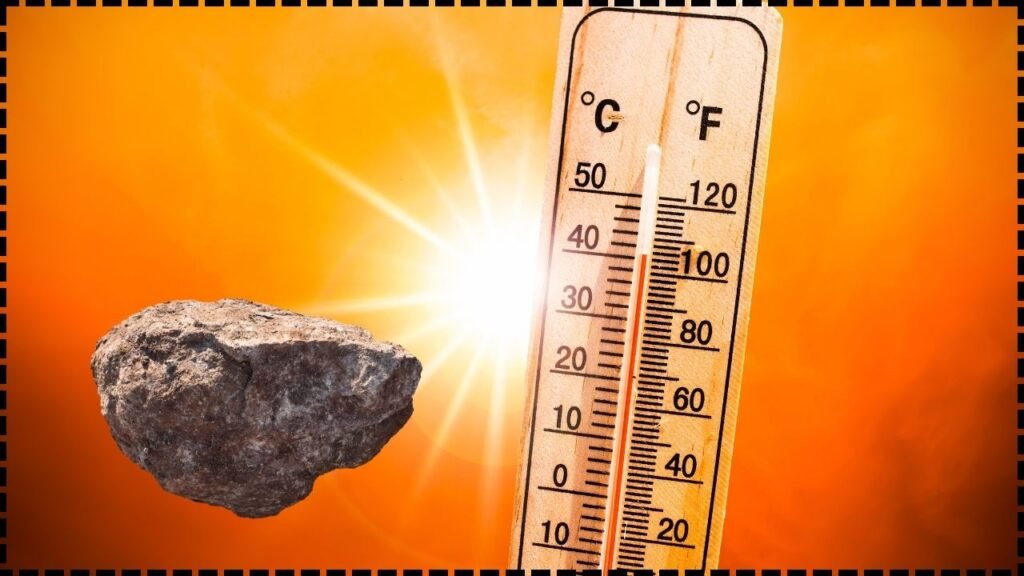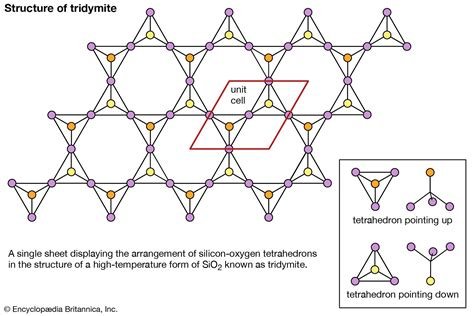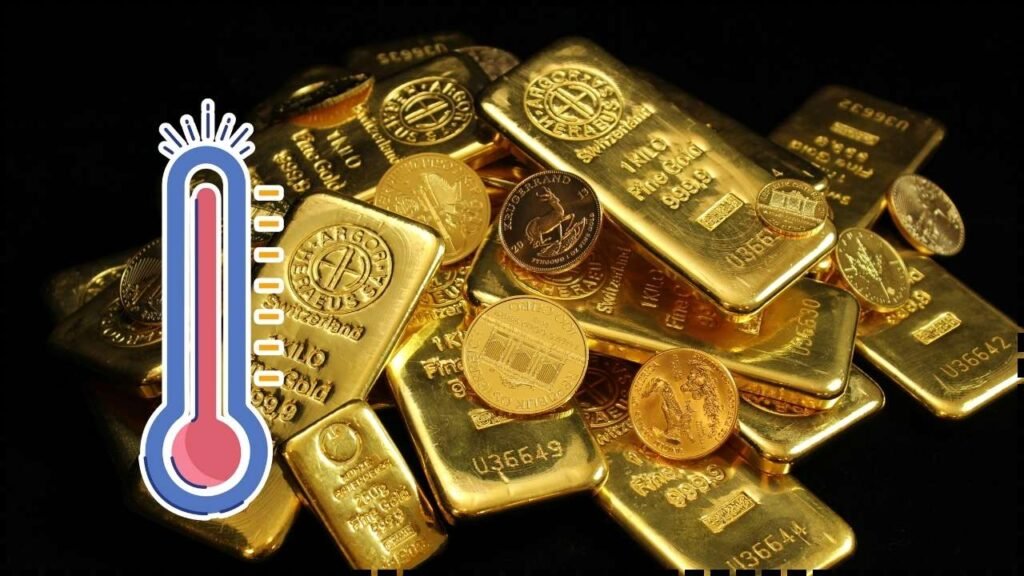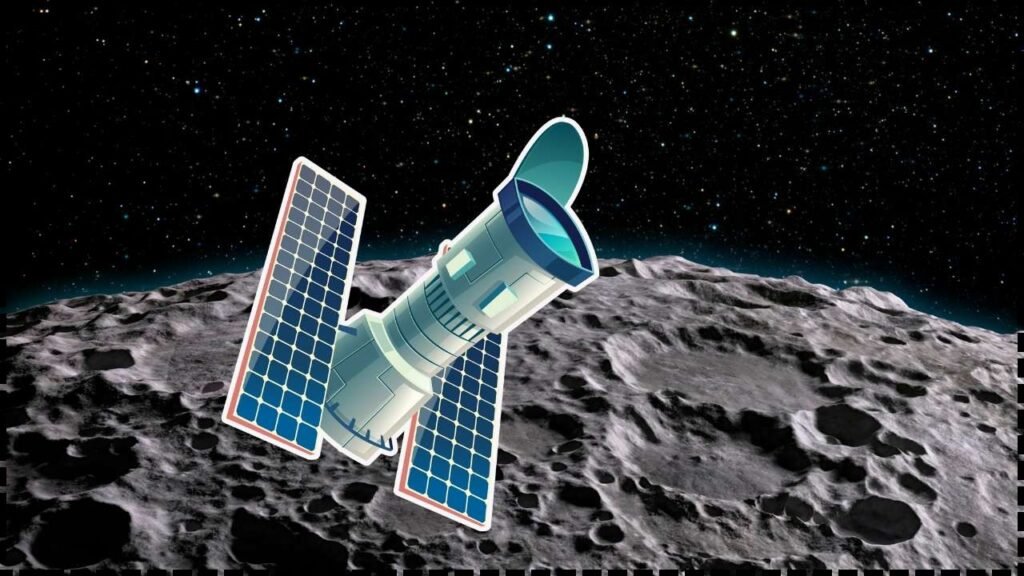The Rock That Stunned Science: The world of science just got rocked—literally—by a discovery that’s shaking up what we know about how heat moves through materials. Imagine a rock that, no matter how hot or cold it gets, doesn’t change how it conducts heat. Sounds wild, right? Well, this isn’t just some sci-fi fantasy. Scientists have found an alien mineral with this unbelievable trait, and it’s got experts scratching their heads and rewriting textbooks. This article dives deep into this extraordinary find—an extraterrestrial mineral called tridymite, found in a centuries-old meteorite and even on Mars. It has the power to defy all the normal rules about heat conduction, potentially revolutionizing industries like steel manufacturing and aerospace. Whether you’re a science buff or just curious about outer space, this guide breaks down the science and what it means for the future in a friendly, plainspoken way — no rocket science degree required.
The Rock That Stunned Science
The discovery of this alien mineral, silica tridymite, is a major shake-up in our understanding of heat conduction. Its extraordinary ability to keep thermal conductivity constant no matter the temperature opens doors for smarter, eco-friendly, and more efficient materials. From steel kilns to space shuttles, industries stand to gain big from these scientific breakthroughs. This tale of a mysterious rock from outer space turning into an industrial hero reminds us that sometimes, to think outside the box—or planet—we need to look to the stars.

| Topic | Details |
|---|---|
| Mineral Name | Silica Tridymite |
| Origin | Meteorite landed in Germany (1724) and detected on Mars |
| Unusual Property | Thermal conductivity remains constant across a range of temperatures |
| Atomic Structure | Hybrid between crystalline (ordered) and glassy (disordered) |
| Potential Applications | Steel industry, aerospace thermal shields, energy-efficient materials |
| Environmental Impact | Could reduce carbon emissions by improving heat control in steel production |
| Research Institutions | Columbia University, Sorbonne University, Swiss Federal Technology Institute |
| Published Study | Proceedings of the National Academy of Sciences (July 2025) |
| Official Research Link | PNAS Study |
Historical Context: From Meteorite to Mineral Marvel
This incredible mineral was first recorded in a meteorite that crashed in Germany back in 1724. Scientists have studied meteorites for centuries because these cosmic visitors bring with them materials not commonly found on Earth. Meteorites are like nature’s time capsules from the early solar system, offering clues about planetary formation and otherworldly materials.
Tridymite, a silicon dioxide variant, was known before but never seen to behave this way in heat conduction. Its peculiar properties stayed under the radar until recently when advanced technology helped reveal its hidden thermal talents.
What Is This Rock That Stunned Science and Why Does It Matter?
Have you ever noticed how some things get hotter or colder, and how that changes how they carry heat? Well, most earthly materials follow a pretty solid set of rules when it comes to heat conduction. Metals might get worse at carrying heat when they get hotter, while glasses tend to carry heat better as they warm up.
But this mineral called silica tridymite flips that idea on its head. It stays consistent when it comes to passing heat along, regardless of temperature. It’s not quite a crystal with its neat atomic rows, and it’s not quite glass with its loose atoms—it’s something in between. That’s why scientists call it a “hybrid” material.
This little quirk could be a game-changer for tons of industries where heat management is key. Think of the furnaces that churn out steel in the U.S.—they pump out roughly a billion tons of carbon dioxide annually, making up about 7% of the country’s emissions! New materials that better control heat could trim that carbon footprint.
Breaking It Down: Heat Conduction in Crystals vs. Glasses vs. Hybrids
| Material Type | Atomic Structure | Thermal Conductivity Behavior |
|---|---|---|
| Crystals | Orderly, repeating lattice | Decreases with temperature increase |
| Glasses | Random, disordered atoms | Increases with temperature increase |
| Hybrids (Tridymite) | Mix of order and disorder | Remains almost constant across temperature range |
How Scientists Discovered It: A Blend of AI and Quantum Physics
The discovery of this alien mineral’s special powers didn’t just happen by accident. It took smarts from all kinds of science fields—including quantum physics and artificial intelligence (AI).
Researchers at Columbia University, working alongside teams from Sorbonne University in Paris and Swiss Federal Institute of Technology, used computers to predict what would happen with heat conduction in this strange mineral. Then, they tested the actual meteorite sample, which came from a 1724 fall in Germany, and confirmed their predictions.
Using top-notch AI methods, they overcame tough quantum equations to model how this mineral transports heat at an atomic level. This kind of breakthrough helps scientists design new materials that handle heat like pros.
Practical Applications: Real-World Impact
This kind of stability in heat conduction is super useful when you’re dealing with extreme temperatures, like in:
- Steel production: Furnaces run insanely hot and need materials that can handle heat without breaking down. Using materials like tridymite could improve efficiency and cut emissions.
- Aerospace: Spacecraft need shields that manage massive heat differences when entering or exiting atmosphere. This mineral’s properties could inspire new heat shield technology.
- Electronics: Miniaturizing tech needs better heat management to keep components cool without adding bulk.
- Energy: Recovering waste heat to turn into energy saves resources. The mineral’s unique properties might boost these efforts.

How This Discovery Could Influence Space Exploration
Finding this mineral on Mars hints at the kind of unexpected materials space explorers might encounter or even harvest in the future. Mars missions could benefit from using similar materials for habitats or equipment that need to handle wide temperature swings—keeping astronauts cool in the heat and warm in the cold, while being energy-efficient. It also opens doors for understanding the planet’s geological history by studying how such minerals affect surface conditions.
Teaching Tip: How to Explain This to Kids or Students
If you’re a teacher or a parent trying to explain this brain-buster to a kid, here’s a little trick:
Say it’s like a superhero rock that doesn’t sweat or freeze—it stays cool no matter what the weather is! You can even do a fun science project by comparing how different objects (like metal spoons, glass cups, and wooden sticks) feel when hot or cold, then tell them this “alien rock” is the champion of keeping its cool all the time.
It’s Not Gold or Platinum: The World’s Priciest Mineral Is Something You’ve Never Heard Of

















